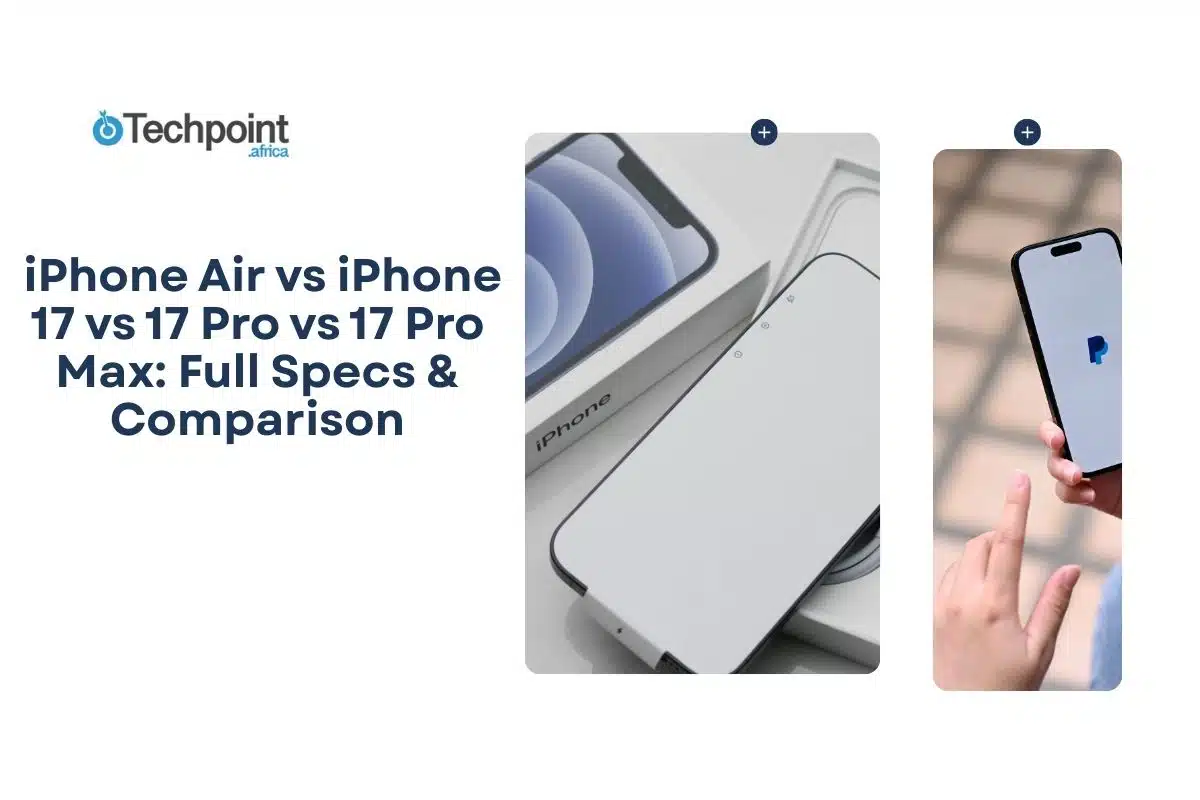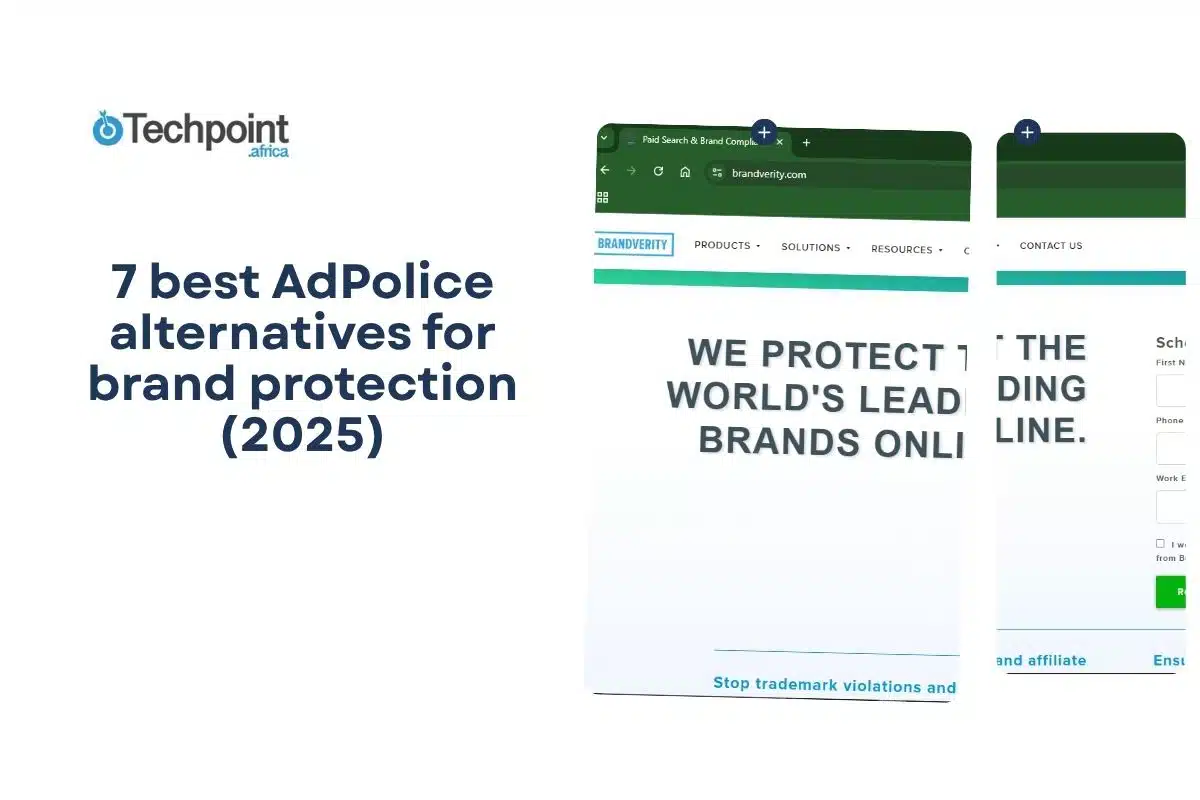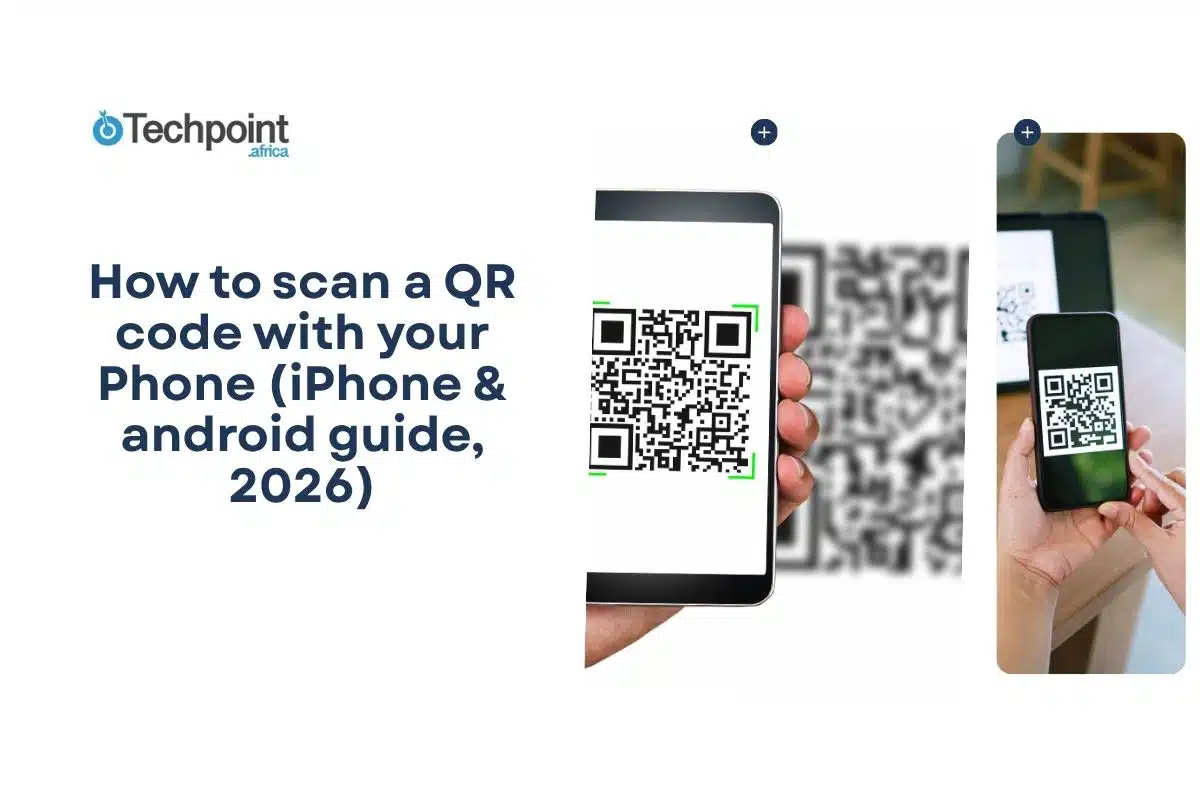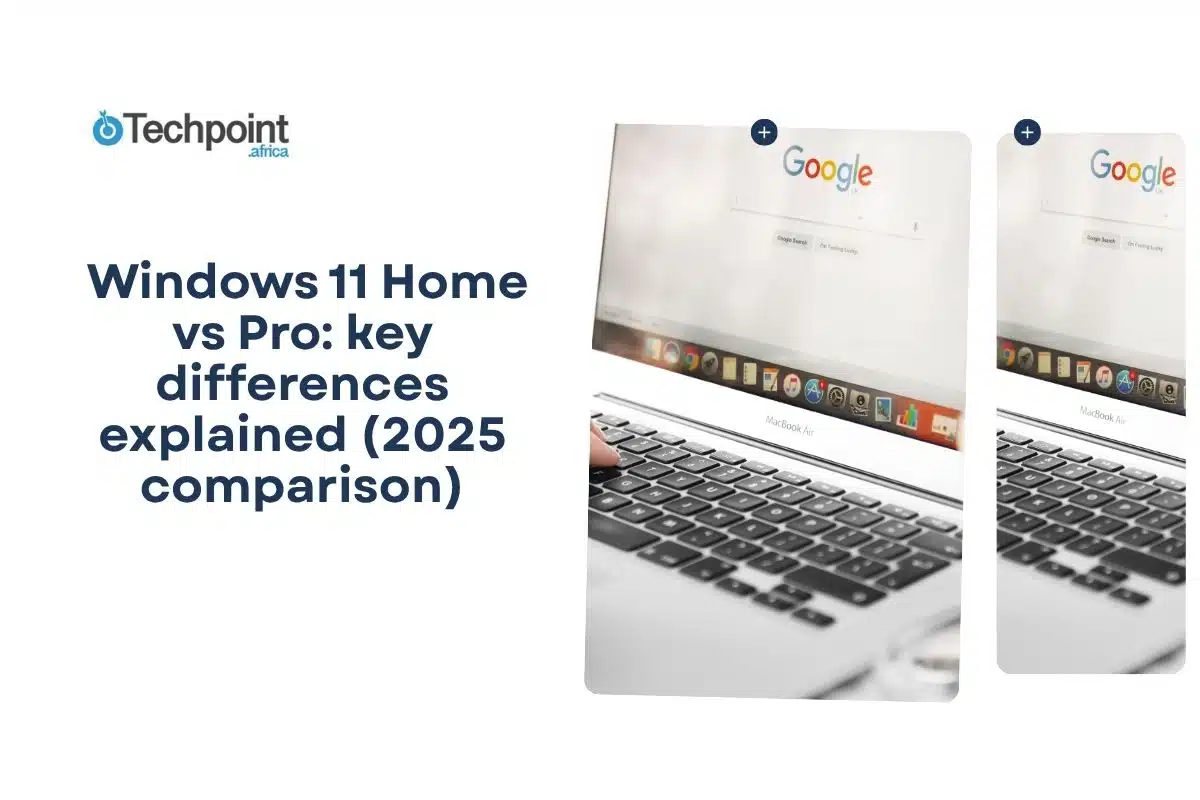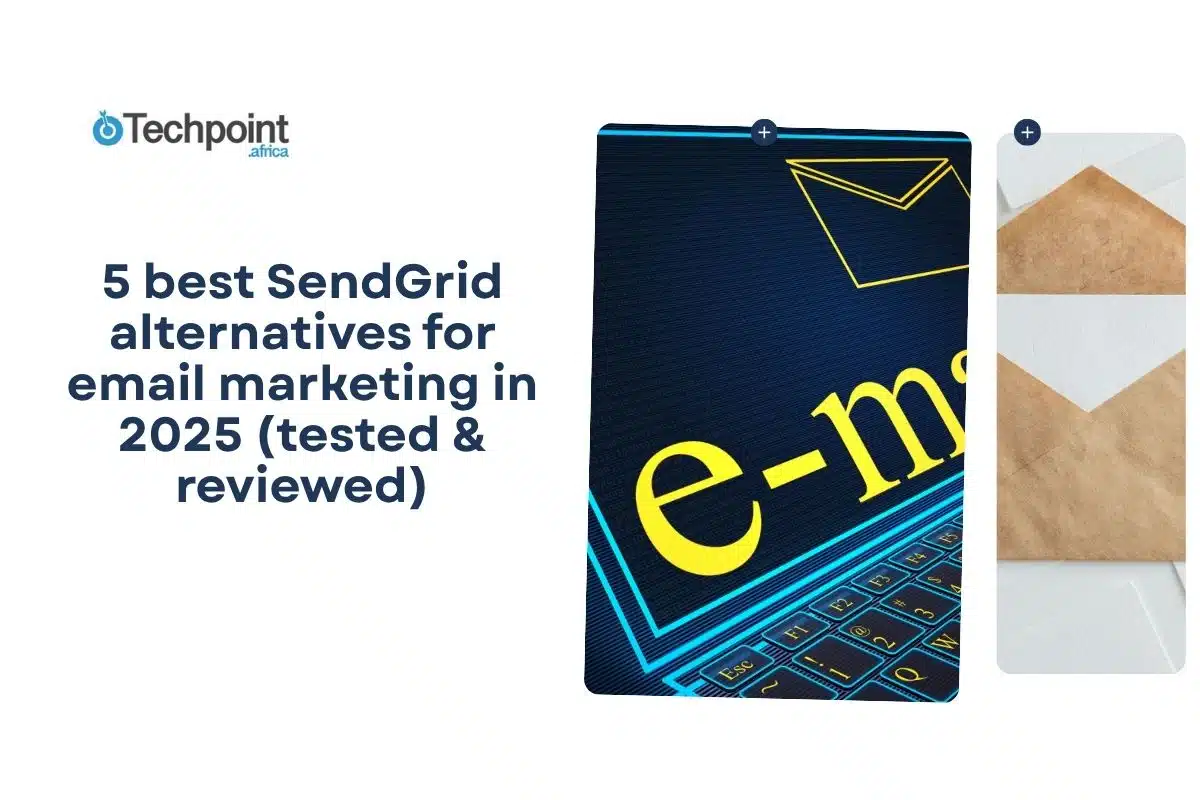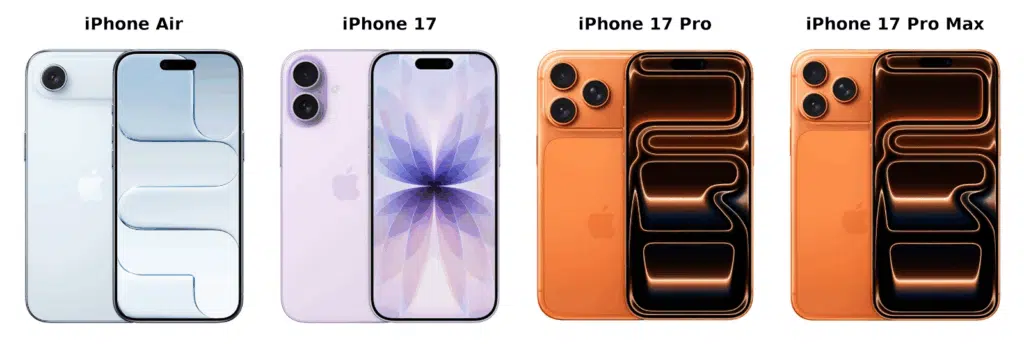
It’s only good we unwrap Apple’s iPhone debutantes, as we’re about to in this discussion. iPhone Air, iPhone 17, iPhone 17 Pro, and iPhone 17 Pro Max are currently trending, and everyone wants to know what they’re about. Well… here it comes.
In this comparative review, you will learn about the:
- Full specifications of all four iPhone models
- Price points and value comparison
- Design and build differences
- Display and performance highlights
- Camera capabilities for casual and professional use
- Battery life and charging options
- Storage and memory choices
- Key differences between the Air, base, Pro, and Pro Max models
Let’s proceed.
iPhone Air vs iPhone 17 vs iPhone 17 Pro vs iPhone 17 Pro Max specifications
| Feature | iPhone Air | iPhone 17 | iPhone 17 Pro | iPhone 17 Pro Max |
| Starting Price | $999 | $799 | $1,099 | $1,199 |
| Colors / Finish | Sky Blue, Light Gold, Cloud White, Space Black | Lavender, Sage, Mist Blue, White, Black | Cosmic Orange, Deep Blue, Silver | Cosmic Orange, Deep Blue, Silver |
| Display | 6.5″ Super Retina XDR, OLED, ProMotion, Always-On, HDR, 2736×1260 px, 460 ppi | 6.3″ Super Retina XDR, OLED, ProMotion, Always-On, HDR, 2622×1206 px, 460 ppi | 6.3″ Super Retina XDR, OLED, ProMotion, Always-On, HDR, 2622×1206 px, 460 ppi | 6.9″ Super Retina XDR, OLED, ProMotion, Always-On, HDR, 2868×1320 px, 460 ppi |
| Build | Titanium frame, Ceramic Shield front, scratch-resistant | Aluminum frame, Ceramic Shield front | Aluminum unibody, Ceramic Shield front & back | Aluminum unibody, Ceramic Shield front & back |
| Weight / Dimensions | 165g, 156.2×74.7×5.64 mm | 177g, 149.6×71.5×7.95 mm | 206g, 150×71.9×8.75 mm | 233g, 163.4×78×8.75 mm |
| Chip / CPU / GPU | A19 Pro chip, 6-core CPU, 5-core GPU, 16-core Neural Engine | A19 chip, 6-core CPU, 5-core GPU, 16-core Neural Engine | A19 Pro chip, 6-core CPU, 6-core GPU, 16-core Neural Engine | A19 Pro chip, 6-core CPU, 6-core GPU, 16-core Neural Engine |
| Battery / Video Playback | Up to 27 hrs | Up to 30 hrs | Up to 33 hrs | Up to 39 hrs |
| Front Camera | 18MP Center Stage, Ultra-stabilized video, Dual Capture | 18MP Center Stage, Ultra-stabilized video, Dual Capture | 18MP Center Stage, Ultra-stabilized video, Dual Capture | 18MP Center Stage, Ultra-stabilized video, Dual Capture |
| Rear Camera System | 48MP Fusion, 48MP Main, Ultra Wide, 1x/2x zoom, Photonic Engine, Macro not available | 48MP Dual Fusion, 48MP Main, Ultra Wide, 0.5x/1x/2x zoom | 48MP Pro Fusion, Main + Ultra Wide + Telephoto, 0.5x/1x/2x/4x/8x zoom, Macro photography | 48MP Pro Fusion, Main + Ultra Wide + Telephoto, 0.5x/1x/2x/4x/8x zoom, Macro photography |
| Video Recording | 4K Dolby Vision up to 60 fps, Action mode 2.8K @ 60 fps | 4K Dolby Vision up to 60 fps, Action mode 2.8K @ 60 fps | 4K Dolby Vision up to 120 fps (Main), Action mode 2.8K @ 60 fps, ProRes 4K up to 120 fps | 4K Dolby Vision up to 120 fps (Main), Action mode 2.8K @ 60 fps, ProRes 4K up to 120 fps |
| MagSafe / Charging | MagSafe up to 20W (30W adapter), USB-C | MagSafe up to 25W (30W adapter), USB-C | MagSafe up to 25W (30W adapter), USB-C (USB 3) | MagSafe up to 25W (30W adapter), USB-C (USB 3) |
| Water Resistance | IP68, 6 m for 30 mins | IP68, 6 m for 30 mins | IP68, 6 m for 30 mins | IP68, 6 m for 30 mins |
| Security / Authentication | Face ID | Face ID | Face ID | Face ID |
| Connectivity | 5G (sub-6 GHz), Gigabit LTE, Wi-Fi 7, Bluetooth 6, Ultra Wideband, NFC | 5G (sub-6 GHz), Gigabit LTE, Wi-Fi 7, Bluetooth 6, Ultra Wideband, NFC | 5G (sub-6 GHz), Gigabit LTE, Wi-Fi 7, Bluetooth 6, Ultra Wideband, NFC | 5G (sub-6 GHz), Gigabit LTE, Wi-Fi 7, Bluetooth 6, Ultra Wideband, NFC |
| Special Features | Emergency SOS via satellite, Crash Detection, Messages via satellite, iOS 26 with New Apple Intelligence Capabilities, eSIM-only design | Same as iPhone Air | Emergency SOS via satellite, Crash Detection, Messages via satellite, LiDAR Scanner, iOS 26 with New Apple Intelligence Capabilities, eSIM-only design | Same as iPhone 17 Pro |
| Storage Options | 256GB, 512GB, 1TB | 256GB, 512GB | 256GB, 512GB, 1TB, 2TB | 256GB, 512GB, 1TB, 2TB |
Now, let’s explain how these specifications work in these iPhone models.
Design
With the iPhone Air, Apple has focused on a lightweight, sleek titanium frame with the Ceramic Shield front, offering three times better scratch resistance.
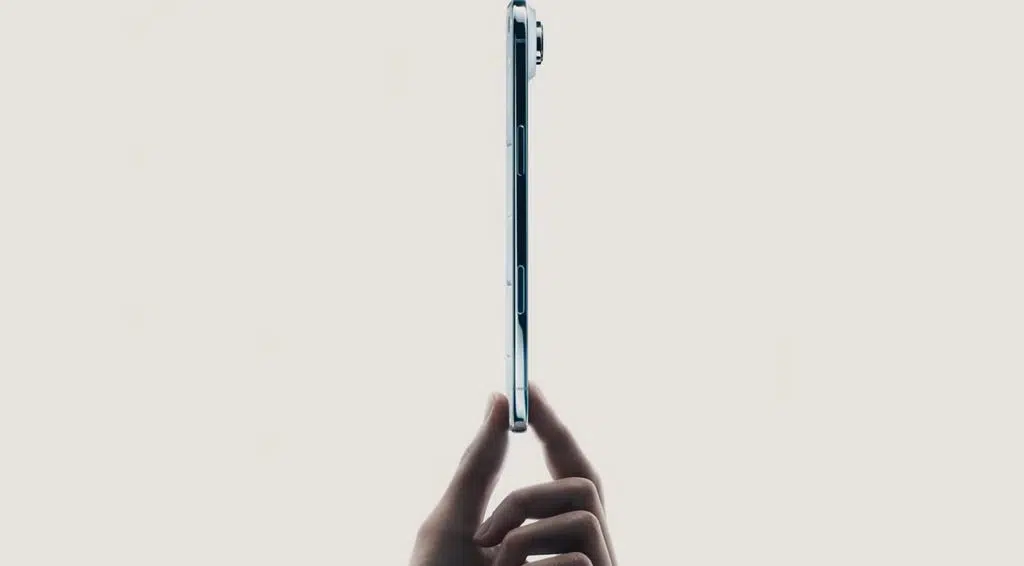
In contrast, the iPhone 17 uses an aluminum frame, which is slightly heavier but durable with Ceramic Shield.
Moving to iPhone 17 Pro, Apple integrates an aluminum unibody design and adds Ceramic Shield back, elevating the premium feel.
The iPhone 17 Pro Max shares the same unibody design but is larger and heavier, supporting users who prioritize a bigger display and longer battery life.
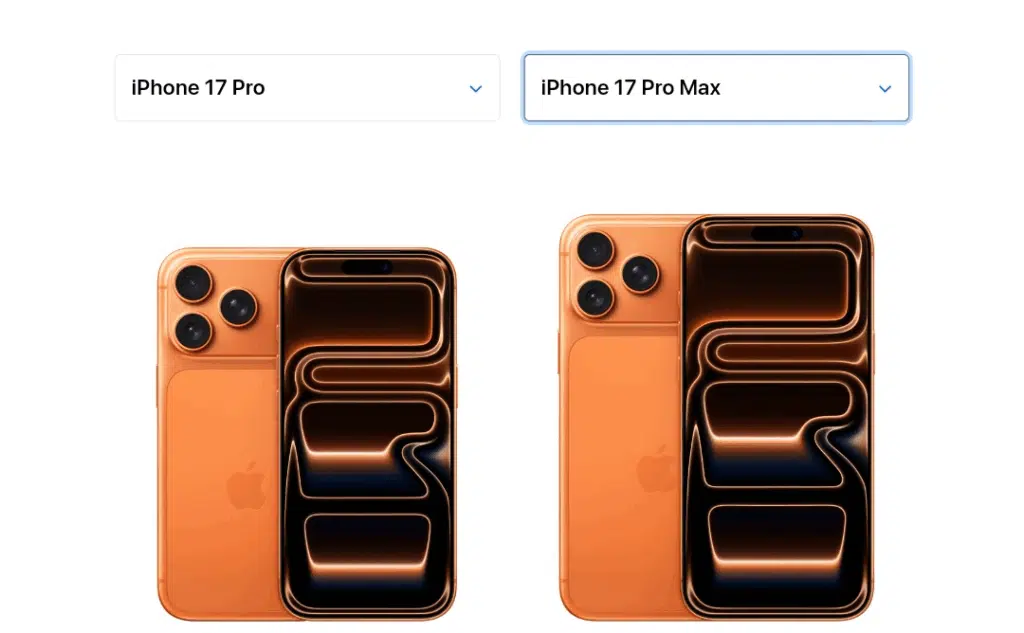
All four devices are IP68 rated and capable of water resistance up to 6 meters for 30 minutes, ensuring protection against everyday spills and submersion. The Air stands out for its thinness, measuring just 5.64 mm, while the Pro Max is the thickest, at 8.75 mm.
Display
The iPhone Air offers a 6.5-inch Super Retina XDR OLED display with ProMotion technology, an Always-On display, and HDR support. It delivers sharp visuals at 2736×1260 px and 460 ppi.
The iPhone 17 has a slightly smaller 6.3-inch OLED screen but retains the same clarity and brightness.
Pro models elevate the display with more advanced color management and peak brightness. The iPhone 17 Pro maintains a 6.3-inch screen, while the Pro Max pushes to 6.9 inches, ideal for content creation or immersive media consumption. Both Pro models include Dynamic Island, ProMotion with adaptive refresh rates of up to 120Hz, and an HDR display with a peak brightness of 3000 nits, making them standout options for high-fidelity visuals.
Colors & Finish
The iPhone Air is available in Sky Blue, Cloud White, Light Gold, and Space Black and has a soft and approachable look.
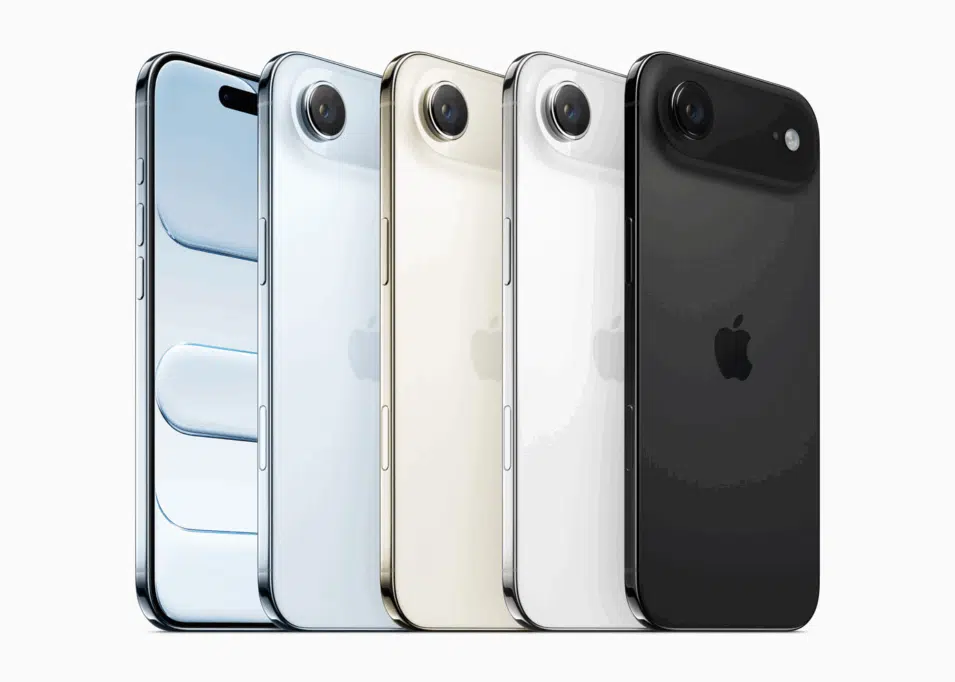
These shades are designed to feel modern but not flashy, making them easy to match with everyday accessories or cases. The lighter colors make the device feel airy and subtle, while Space Black adds a more classic tone for those who prefer a neutral option.
The iPhone 17 is available in Lavender, Mist Blue, Black, White, and Sage, which are slightly more vibrant and playful.
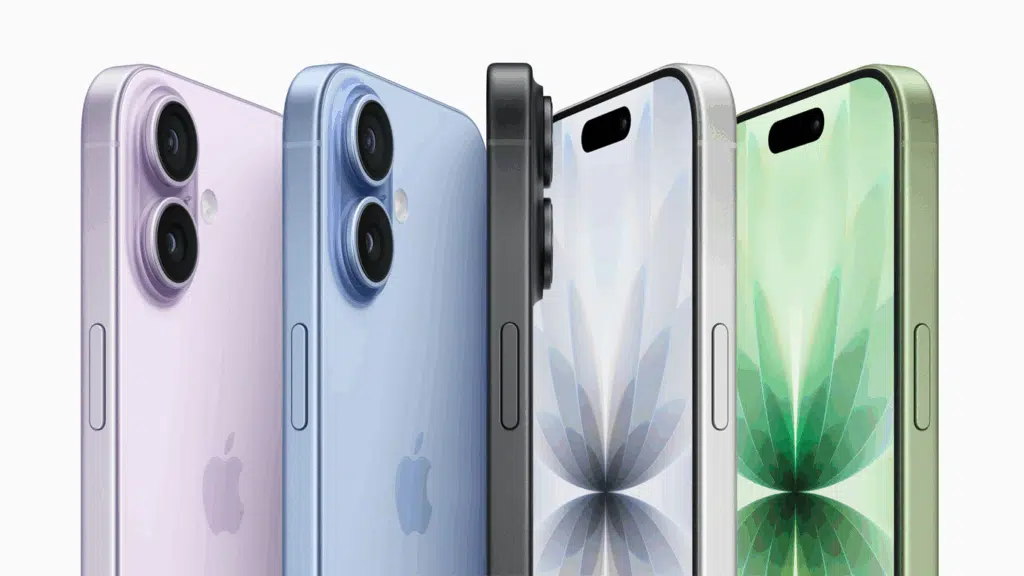
These colors give the phone a fresh and inviting feel, appealing to users who want a device that stands out without being too bold. The mix of pastel tones and neutral options means there is something for every style preference.
The iPhone 17 Pro and Pro Max share Silver, Cosmic Orange, and Deep Blue, which are richer and more polished.
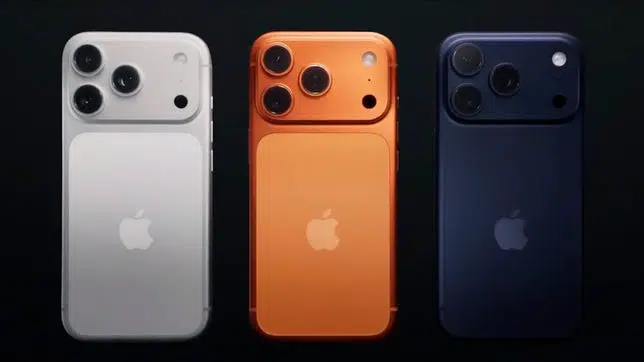
These colors emphasize the premium nature of the Pro line. Deep Blue and Silver offer elegance, while Cosmic Orange adds a unique and eye-catching option for those who want a distinctive look. Overall, the Pro finishes communicate luxury and sophistication compared to the standard models.
Weight & Dimensions
The iPhone Air is the lightest at 165g and measures 156.2×74.7×5.64 mm, making it very comfortable for long-term use. It easily fits in pockets or small bags, and the slim profile feels effortless.
The iPhone 17 weighs 177g and measures 149.6×71.5×7.95 mm. It is slightly heavier than the Air, but the difference is noticeable mainly when holding both devices. Its compact design and weight make it practical for single-hand use while feeling more substantial.
The iPhone 17 Pro weighs 206g, measures 150×71.9×8.75 mm, and reflects the addition of more advanced camera hardware and stronger build materials. It feels solid and premium, but the weight may be noticeable for those used to lighter phones.
The iPhone 17 Pro Max is the largest, weighing 233 g and measuring 163.4×78×8.75 mm. It is designed for users who want the most prominent display for media, gaming, or multitasking. While it offers excellent screen space, the larger size means it is less comfortable for one-handed use and can feel heavy when held for extended periods.
Performance & Chipset
Performance clearly differentiates the series. The iPhone Air uses the A19 Pro chip, which supports a 6-core CPU and a 5-core GPU, along with a 16-core Neural Engine. The iPhone 17 runs on the A19 chip, featuring a similar CPU/GPU but with slightly fewer hardware accelerators for ray tracing.
The iPhone 17 Pro and Pro Max push performance further with a 6-core GPU, hardware-accelerated ray tracing, and a 16-core Neural Engine, optimized for intensive gaming, video editing, and AI-driven apps. Users requiring maximum computing power will prefer the Pro line.
Front Camera
All models have an 18MP Center Stage camera, so your selfies and video calls stay in focus automatically. You don’t need to adjust your position because the camera follows you smoothly and keeps you centered, alone or with friends.
Rear Camera
The iPhone Air’s primary camera is 48MP with Ultra Wide, which is great for everyday photos.
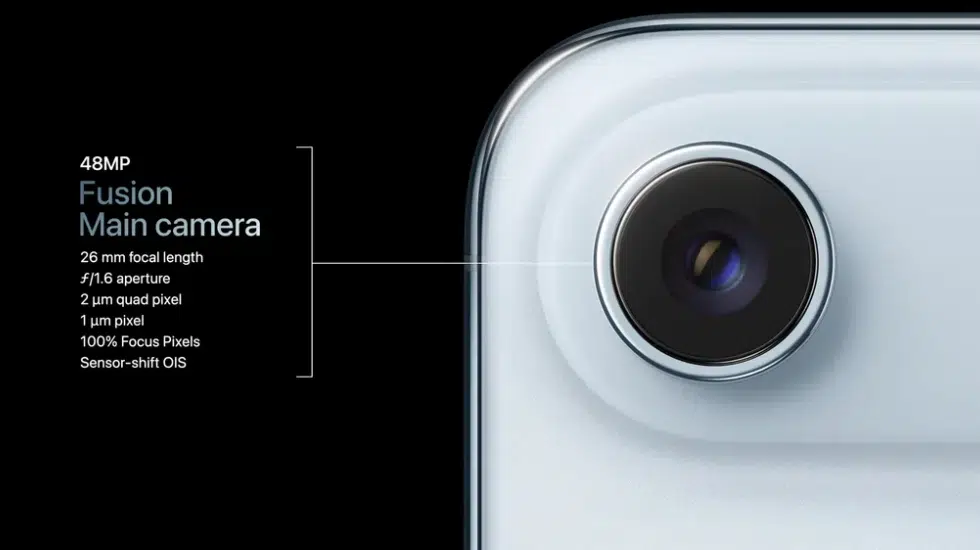
The iPhone 17 introduces Dual Fusion and additional zoom options, providing sharper pictures and increased flexibility. With the iPhone 17 Pro and Pro Max, you get Main, Ultra Wide, and Telephoto lenses with up to 8x zoom, plus macro photography. This allows you to capture detailed shots, experiment with different perspectives, and become more creative with your photography.
Video Recording
The iPhone Air and iPhone 17 record 4K Dolby Vision at up to 60 fps and Action mode at 2.8K @ 60 fps, perfect for everyday videos. The iPhone 17 Pro and Pro Max take it further with 4K Dolby Vision at up to 120 fps and ProRes 4K at up to 120 fps, allowing you to capture smoother video with professional-level quality.
Battery & Charging
Battery life scales with model size. The iPhone Air delivers up to 27 hours of video playback, while the iPhone 17 increases slightly to 30 hours. The iPhone 17 Pro offers 33 hours, and the Pro Max reaches 39 hours, making them perfect for heavy users.
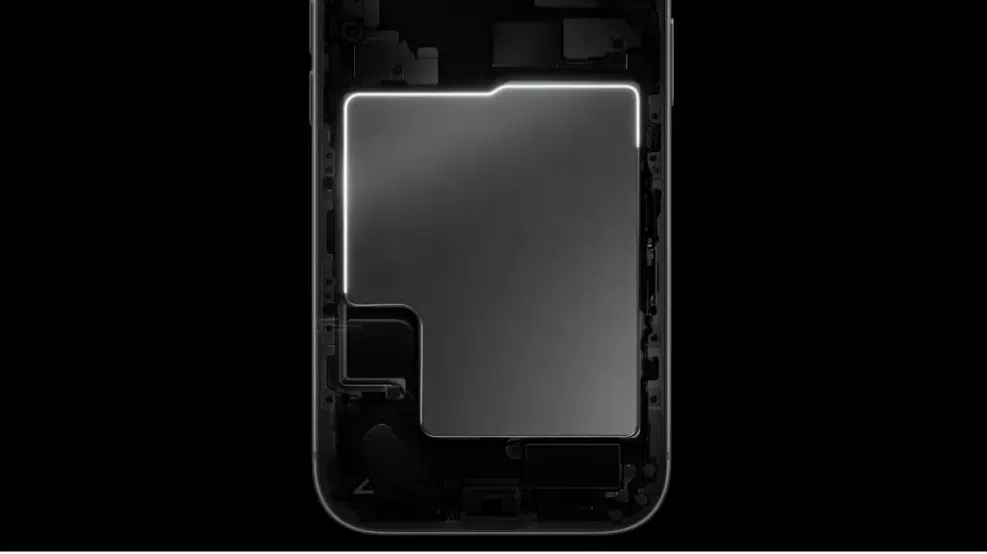
iPhone 17 Pro Max battery build
Fast charging is standard across all devices, but wattage differs: Air supports up to 20W via MagSafe.
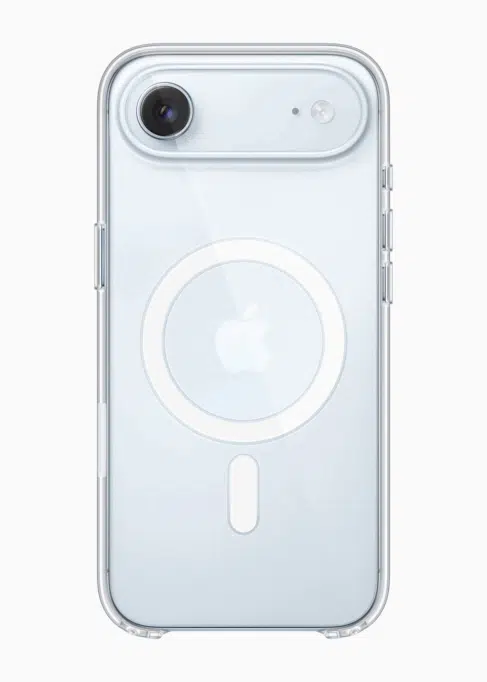
Whereas Pro models support up to 25W. USB-C connectivity is universal, with Pro models benefiting from USB 3 speeds, up to 20× faster transfers, which will be important for media professionals.
Connectivity & Security
All four devices support 5G, Gigabit LTE, Wi-Fi 7, Bluetooth 6, an Ultra Wideband chip, NFC, and dual eSIM technology.
They also feature Face ID powered by TrueDepth cameras for secure authentication. Emergency features, including SOS via satellite, Crash Detection, and Messages via satellite, are available across the lineup, offering peace of mind in critical situations.
However, LiDAR Scanners are exclusive to pro models and enhance AR capabilities and low-light photography.
Final takeaway
- You’ll find iPhone Air and iPhone 17 in lighter, playful shades, while the Pro models give you bold, premium finishes like Deep Blue and Cosmic Orange.
- If you prefer something light and easy to handle, the iPhone Air is perfect; for a bigger screen and more immersive experience, the Pro Max is the way to go.
- All four models feature an 18MP Center Stage camera, ensuring your selfies and video calls always look sharp.
- With Air and iPhone 17, you have dual-camera setups, while the Pro models offer a triple-lens system with advanced zoom and macro photography capabilities for more creative shots.
- On Air and iPhone 17, you can shoot 4K Dolby Vision at up to 60 fps. However, the Pro models take it a step further with higher frame rates, ProRes recording, and enhanced Action mode performance.
- All four iPhones come with iOS 26 and Apple intelligence.
- Choose Air if you want something portable, iPhone 17 for a balanced upgrade, Pro if photography is your priority, and Pro Max if you want the largest screen and the longest battery life.

